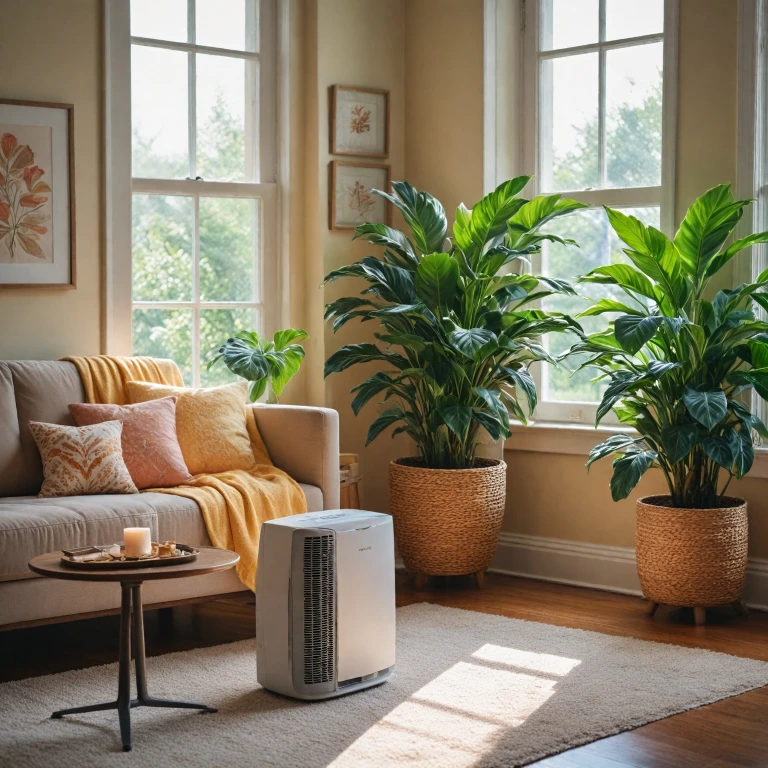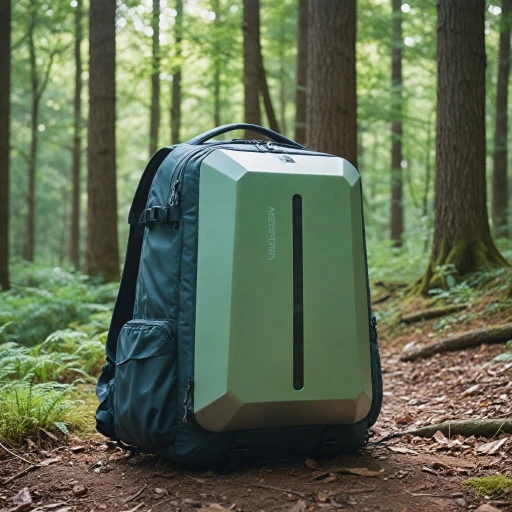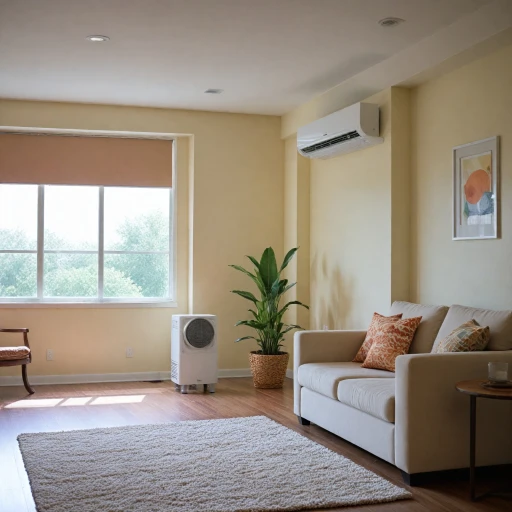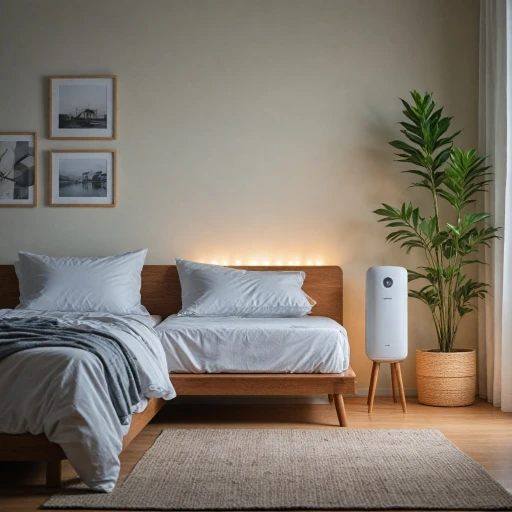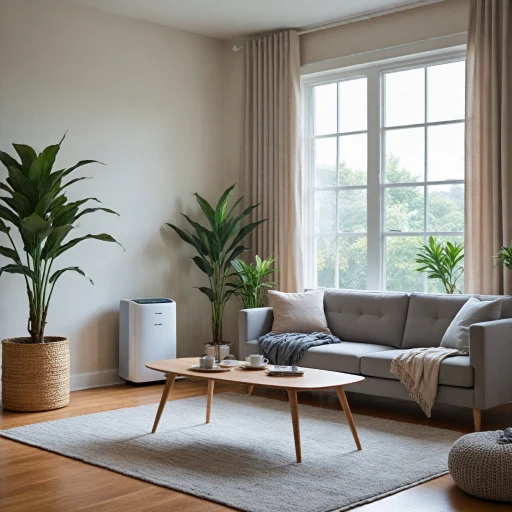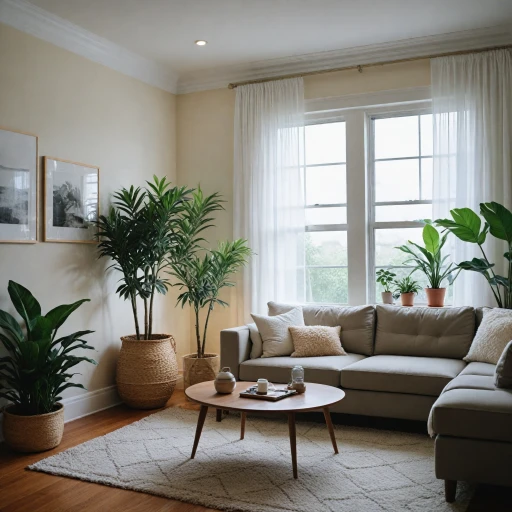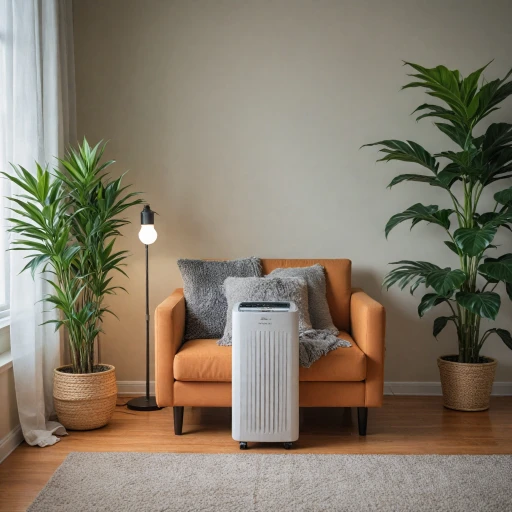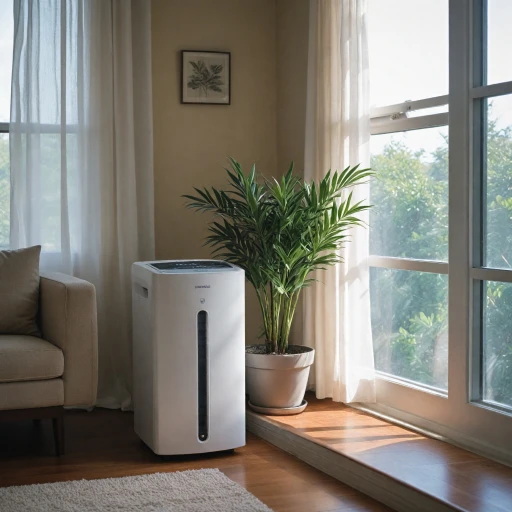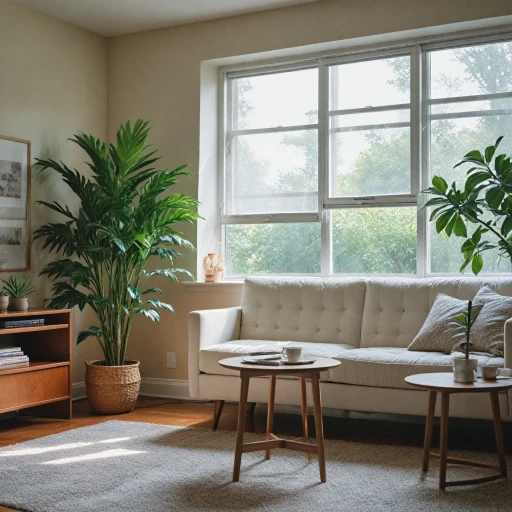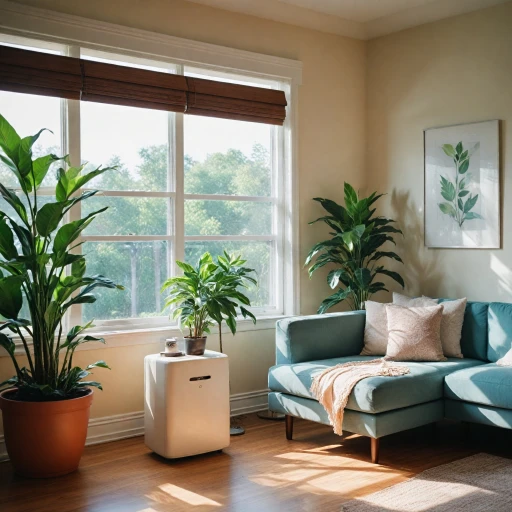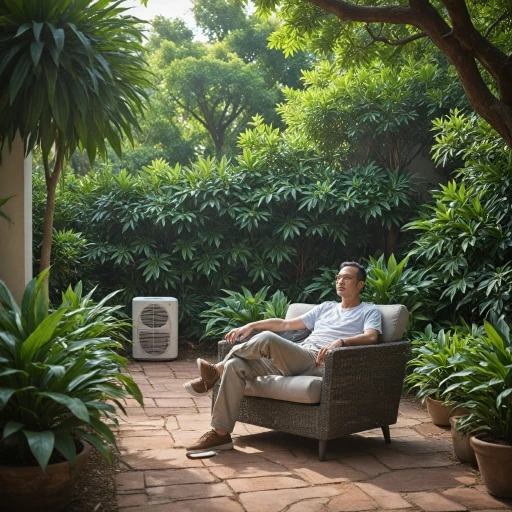
Understanding Portable Air Conditioners with Heat
What Are Portable Air Conditioners with Heating Capabilities?
Portable air conditioners with heating functionality are versatile units designed to provide both cooling and heating solutions. These devices are particularly useful for those who need a flexible climate control option without the need for permanent installation. They are equipped with a heater mode, allowing them to function as a heater during colder months, making them a year-round solution.
How Do They Work?
These units typically operate by using a heat pump mechanism, which can reverse the refrigeration cycle to provide heating. This dual functionality is often controlled via a remote control, allowing users to switch between cooling and heating modes effortlessly. The BTU rating, such as BTU ASHRAE or BTU SACC, indicates the unit's capacity to cool or heat a given space, which is crucial when selecting the right model for your room size.
Components and Features
- Dual Hose System: Many models feature a dual hose setup, which improves efficiency by using one hose for intake and another for exhaust.
- Dehumidifier Function: These units often include a built-in dehumidifier fan, helping to reduce humidity levels in the room.
- Remote Control: A remote control enhances convenience, allowing you to adjust settings from a distance.
- Sleep Mode: This feature ensures quieter operation during nighttime, making it ideal for bedrooms.
For those looking to explore more about compact and versatile cooling solutions, check out this ideal compact portable air cooler guide.
Key Features to Look For
Identifying Essential Qualities in Heat-Enabled Portable ACs
When it comes to finding the perfect portable air conditioner with heating capability, several key features warrant your attention. Ensuring you select a unit that meets your cooling and heating needs involves considering factors that range from efficiency to user-friendly controls. One of the foremost aspects to consider is the BTU rating. This tells you how powerful the conditioning capacity is, specifically how much air the unit can cool or heat in an hour. Look for machines with a reliable BTU rating, such as BTU ASHRAE or BTU SACC, which denote the unit’s output under standardized conditions. The power selection should match your intended room size for optimal performance. Portability is essential, so finding a unit that is easy to move without much hassle is beneficial. Some models, like dual-hose units, offer enhanced cooling efficiency, reducing the strain on the unit and potentially lowering energy bills. Modern portable air conditioners often come equipped with a variety of modes to enhance functionality. Sleep mode, for instance, ensures the fan and compressor operate quietly at night, maintaining a comfortable temperature noise-free. Additionally, a built-in dehumidifier helps manage humidity levels, which is a distinct advantage in damp climates. Convenience features also play a vital role. Consider air conditioners with remote control for hassle-free operation from anywhere in the room. Units with a digital display can provide ease of use by offering precise climate settings. Advanced units may offer multiple fan speeds and cooling levels, allowing you to customize comfort according to preference. Black & Decker models, for instance, feature intuitive controls that make them user-friendly. Lastly, consider reviews and price to ensure you're getting the best value for your needs. Comparing various models can shed light on reliability and customer satisfaction for potential purchases. For more insights into selecting a versatile portable air conditioner with heating capability—balancing efficiency and function—explore this efficient climate control guide.Advantages of Dual-Functionality Units
Unlocking the Added Benefits
In the realm of indoor comfort, portable air conditioners with heating functionality offer an enticing dual-benefit. These versatile units transform from cooling machines into heaters, providing year-round comfort. Here's what makes dual-functionality units an attractive choice:- Space-Saving Solution: Portable air conditioners with built-in heaters eliminate the necessity for separate heating and cooling devices, freeing up valuable room space. This is particularly beneficial for those living in smaller apartments or homes without space for permanent installations.
- Cost-Effective: Investing in a dual-purpose unit may reduce overall appliance expenditure. While the initial price might be similar to single-function counterparts, long-term savings stem from reduced need to purchase and maintain separate units.
- Convenience and Versatility: With a portable air conditioner heater, switching between cooling and heating modes is effortless, often at the touch of a button or with a remote control. For convenience, features such as sleep mode automate temperature adjustments to ensure comfort during nighttime hours the Whynter ARC and Black Decker models are favored in several reviews for their ease of use and versatility.
- Energy Efficiency: Modern units often come equipped with BTU SACC and BTU ASHRAE ratings that offer insight into their capacity and efficiency. While considering energy efficiency, be sure to assess the BTU ratings; they indicate how effectively the unit can control the climate in your designated space.
- Integrated Functions: Many units come with additional features such as dual hose systems for faster performance, built-in dehumidifiers to manage humidity levels, and multiple fan speeds for optimized air circulation. Such enhancements help maintain the indoor environment's quality.
Installation and Maintenance Tips
Installation and Maintenance: Ensuring Optimal Performance
Installing a portable air conditioner with heating functionality requires certain considerations to ensure it operates effectively. Here's a simplified guide to help with the process:- Placement: Position your portable air conditioner in a location where the hose can easily reach a window without excessive bending. This prevents airflow obstruction and aids in efficient cooling and heating.
- Window Kit: Most units come with a window kit, which is crucial for expelling warm air. Ensure the kit is correctly installed and the window is securely closed to prevent air seepage.
- Power Source: Make sure the device is plugged into a dedicated power outlet to avoid overloading circuits, especially when using higher BTU models.
- Remote Control Setup: If your unit includes a remote control, familiarize yourself with the controls and settings such as cooling, fan, and heating modes for optimal use. Some models also incorporate a sleep mode feature for energy savings during nighttime operation.
- Maintenance: Regular maintenance extends the life of your portable air conditioner. Clean or replace filters monthly to maintain air quality and efficiency. Ensure any built-in dehumidifier or heaters are operational by routinely checking their components.
- Hose and Vents: Inspect hoses for leaks and clear any obstructions from vents. This check is essential for models like dual hose systems or those with a built-in dehumidifier fan, which rely on proper airflow.
Energy Efficiency Considerations
Reducing Your Carbon Footprint
Energy efficiency is a significant aspect to consider when selecting a portable air conditioner with heating functionality. Ensuring that your unit is energy efficient can significantly reduce your carbon footprint while also saving you money on energy bills. Modern portable air conditioners often come with energy-saving features such as programmable timers and eco-friendly modes to help achieve this.
Understanding Energy Consumption
When evaluating energy efficiency, it is essential to understand the device’s BTU (British Thermal Unit) rating. Portable units often have two BTU measures: BTU ASHRAE and BTU SACC (Seasonally Adjusted Cooling Capacity). The BTU ASHRAE indicates the traditional measurement, while BTU SACC provides a more realistic representation of cooling power in different environments. A higher BTU rating generally means better cooling capacity but may also mean higher consumption.
Choosing Energy-Efficient Models
Opt for models with built-in energy-saving modes such as sleep mode which adjusts the temperature gradually during the night for better efficiency. Portable air conditioners like the Whynter ARC or Black+Decker series often come equipped with such features.
Integrated Functions for Energy Savings
Many units incorporate multiple functionalities such as dehumidifier fan and dual hose systems that can provide more consistent cooling and heating efficiency. These features are especially beneficial in areas with high humidity, which affects the unit's cooling capability. Models that can operate in modes like cooling with fan or heater with remote control ensure you maximize energy usage.
By factoring in these considerations alongside reviews from other consumers and assessing the price, users can make an informed decision that balances both environmental and financial benefits.
Common Challenges and Solutions
Addressing Challenges and Offering Solutions for Optimal Performance
Despite the numerous advantages of combining an air conditioner with heating functionality, a few common challenges might need attention to ensure optimal performance. Here’s a closer look at these obstacles and potential solutions:
- Limited Cooling Capacity: The cooling capacity of portable air conditioners, often signified by BTU, plays a critical role in their efficiency. Some users may find that their BTU portable unit struggles to adequately cool or heat larger spaces, such as an expansive room. To tackle this, ensure the BTU rating aligns with your room size. The BTU SACC (Seasonally Adjusted Cooling Capacity) and BTU ASHRAE (American Society of Heating, Refrigerating and Air-Conditioning Engineers) ratings can offer guidance on efficiency.
- Efficient Dehumidification: When tackling humidity, a built-in dehumidifier feature can be a boon. However, it’s crucial to ensure that the dehumidifier fan is functioning effectively. Proper maintenance of hoses and filters is essential to prevent inefficiencies. Opting for units with a dual hose can enhance dehumidification results and overall performance.
- Remote Control and User Interface: A remote control equips users with convenience, allowing for easy adjustments of modes, whether cooling, fan, or heating. Familiarity with your unit's remote control features and understanding how to toggle between the different modes can enhance usability, especially when switching to sleep mode for overnight comfort.
- Installation Issues: Installing portable air conditioners can be straightforward when following manufacturer guidelines. Ensure that window kits, often provided with units such as those by Black Decker or Whynter Arc, are properly installed to prevent energy leaks and maintain efficiency.
- Space and Placement: Selecting the proper placement for your unit significantly impacts its efficiency. Always place the conditioner in a location with minimal obstructions, ensuring proper circulation of air. Avoid placing the unit near heat sources like a mini split heater or excessive sunlight exposure.
- Price Considerations: It's essential to consider the price—not only the initial cost but also potential long-term savings. With fan combinations providing cooling and heating, these units can be a cost-effective alternative to separate systems, potentially saving on utility bills.
Regular checks and maintenance can ensure your portable air conditioner's longevity and performance. These practical solutions address everyday challenges, paving the way for a more seamless experience, regardless of the season.
